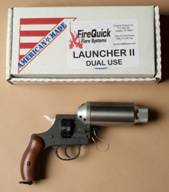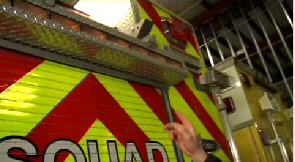“The rush of battle is often a potent and lethal addiction, for war is a drug.” Chris Hedges
The movie The Hurt Locker, opens with that quote on the screen. I saw it yesterday, an excellent movie about a U.S. Army bomb squad, or Emergency Ordinance Disposal team, working in Baghdad, Iraq in 2004. It is a very gripping movie that as Kenneth Turan, a film critic for the LA Times said, “it simply blows you apart and doesn’t bother putting you back together again”. The movie has been nominated for nine academy awards.
The interactions between the individuals in the bomb squad, and the tense drama as improvised explosive devices are being disarmed, are fascinating. The leader of the unit, Sergeant First Class William James, is a risk taker, a reckless cowboy sometimes putting not only himself but the rest of the unit and innocent bystanders in peril.
After Sgt. James put out a vehicle fire with a 20-pound dry chemical fire extinguisher, and then disarmed a huge bomb in the car’s trunk, an officer called him repeatedly a “Wild Man, a Wild Man”. At first I was not sure if that was a compliment, but the officer thought it was. He was proud of the Sergeant, while the rest of his unit had been advising him to abandon the rigged car, since everyone had been evacuated from the area and it was much too hazardous to attempt to disarm the bomb in the still-smoking car which could have been detonated at any time by an insurgent with a cell phone.
You may know someone like this in the firefighting profession.
But I hope you don’t.
I don’t know that I would go so far as to say that firefighting is a “potent and lethal addiction”, or is a “drug”, but a person could draw some parallels between warfighting and firefighting. Well, on second thought, it might be a potent addiction, while being occasionally lethal, unfortunately.






